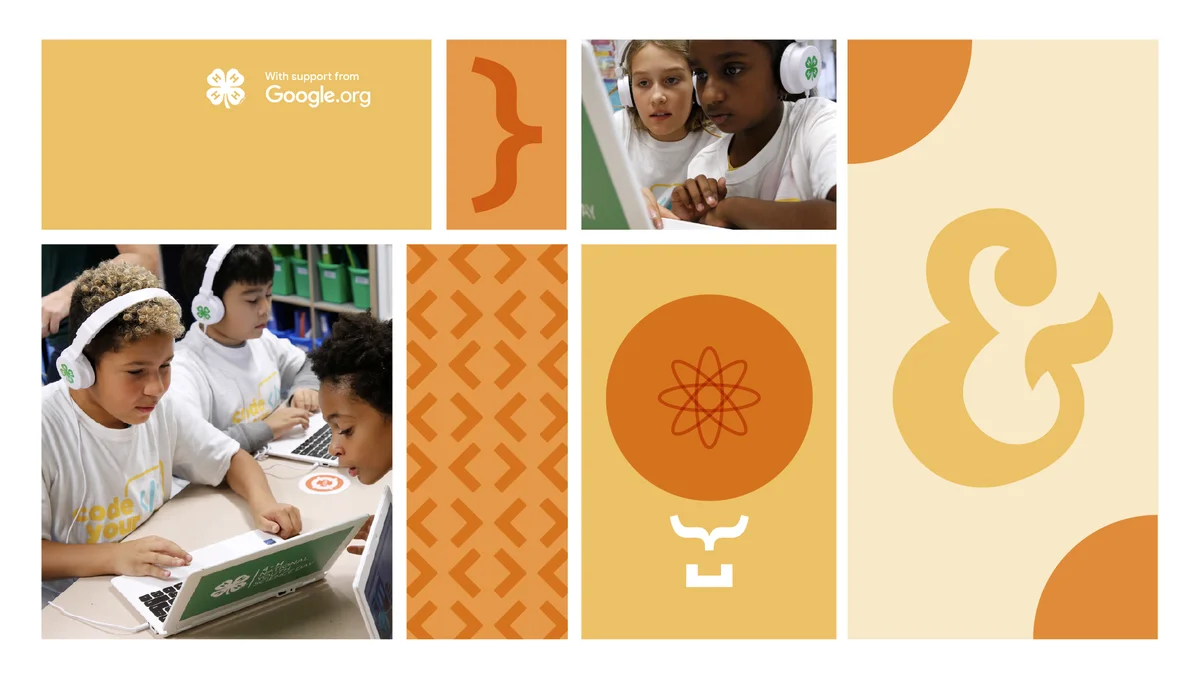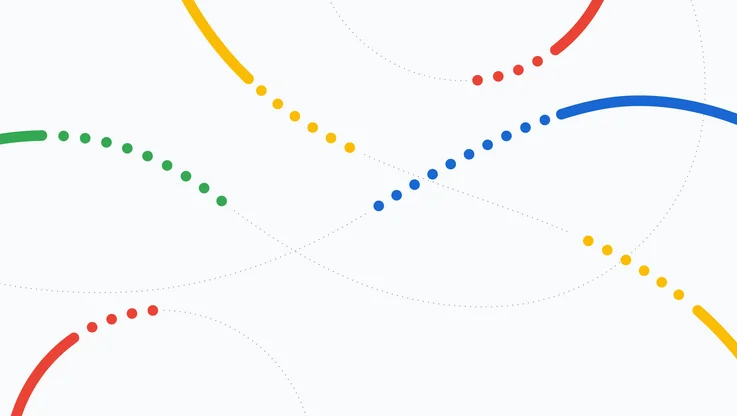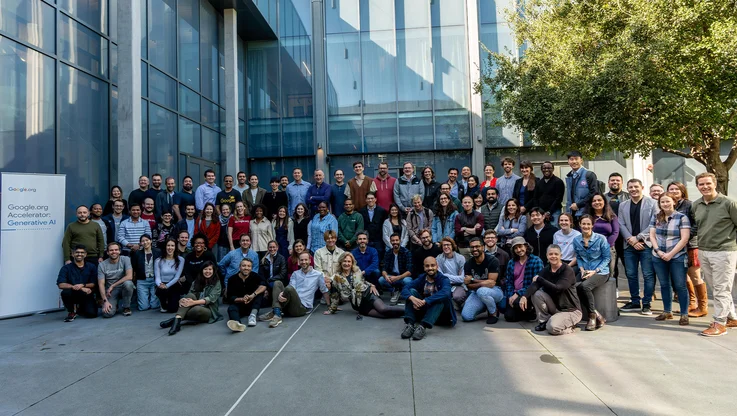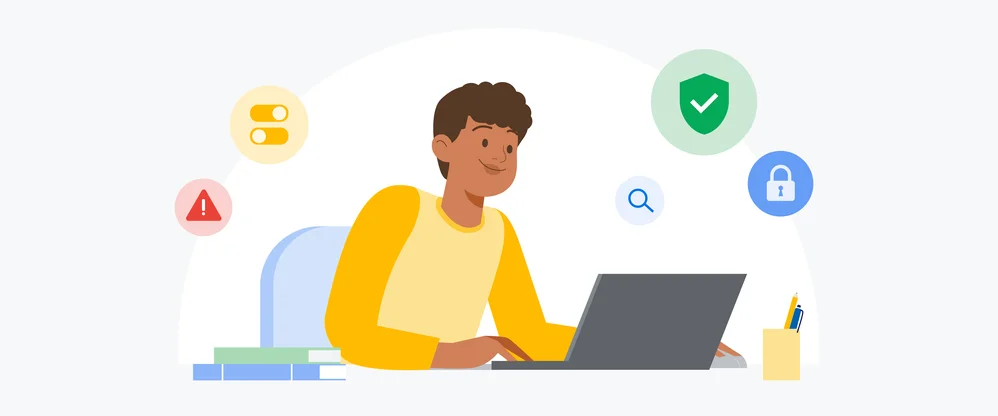Inspiring 1.4 million students to learn computer science

For many of the challenges our world faces — like access to healthcare and climate change — technology will be part of the solution. For those solutions to affect change, the technologists behind them should be reflective of everyone. However, in the U.S. today 26% of computing professionals are women, 8% are Hispanic and 9% are Black.
Access to education is at the root of this inequity. Girls, historically underrepresented groups and students from small and rural towns are less likely to have the opportunity to build interest and confidence in computer science and STEM (science, technology, engineering and mathematics) skills. To help make sure every student has the chance to build confidence and interest in computer science, 4-H, an organization working to give all youth equal access to opportunity, with Google.org support, created the Computer Science Pathway. This program teaches technical subjects — like data analytics and robotics — and equips students with essential life skills — like problem-solving and leadership.
In 2019, 4-H and Google.org set a goal that with Google.org’s support, 4-H would introduce one million students to computer science within three years. Members of our own Code with Google team assisted the National 4-H Council and local 4-H chapter leaders to pilot, train and iterate for several months to help establish the foundations of the Computer Science Pathway program. Fast forward to now, just two years later, and 4-H has already reached over 1.4 million students. Of those 1.4 million, 47% are from historically underrepresented groups in computer science, 65% live in rural areas and 56% of teen leaders for the program are girls.
These numbers represent real kids finding their voice, discovering a brighter future and realizing their dreams.
- Aubree from Utah is using her newfound voice to encourage educators to offer computer science in their schools. “I am only the beginning of a long list of students,” says Aubree. “My greatest hope is that I will never be the end.”
- Jeffery from South Carolina says the program inspired him to reach for a brighter future. “I want to become a Computer Engineer and create innovation that improves our daily lives.”
- Aja from Illinois was looking for a place to belong as a student with learning difficulties. Now, she has her very own organization, See Me in STEM, to empower minority youth to get involved in science, technology, engineering and mathematics. “4-H inspired me to be the change I wanted to see.”
Throughout this journey, the 4-H team brought together nonprofits, businesses, community leaders and schools to create an inclusive and impactful computer science program for all ages across 50 states. For others looking to create computer science programs, here are a few things 4-H learned to help each and every student achieve their potential.
- Teach life skills, create career pathways, and provide ongoing mentorship to make computer science skills relevant.
- Develop equitable, accessible and inclusive content. Weave in teachings to relevant topics or existing student interests, partner with community organizations and invest in a technology lending infrastructure.
- Invest in your staff and volunteers. Provide regular training sessions, build a strong community culture and hire full-time employees with experience in computer science and proven approaches to engage youth.
As a 4-H alum myself, I’m proud to celebrate this incredible milestone and achievement toward equitable education and opportunities. We believe that the Computer Science Pathway, and the 4-H team’s thoughtful evaluation and collected learnings, will help make the future brighter — not just for the students who participate, but for their communities and the world as a whole. As we face global challenges, we’ll need the best and brightest out there solving them.






